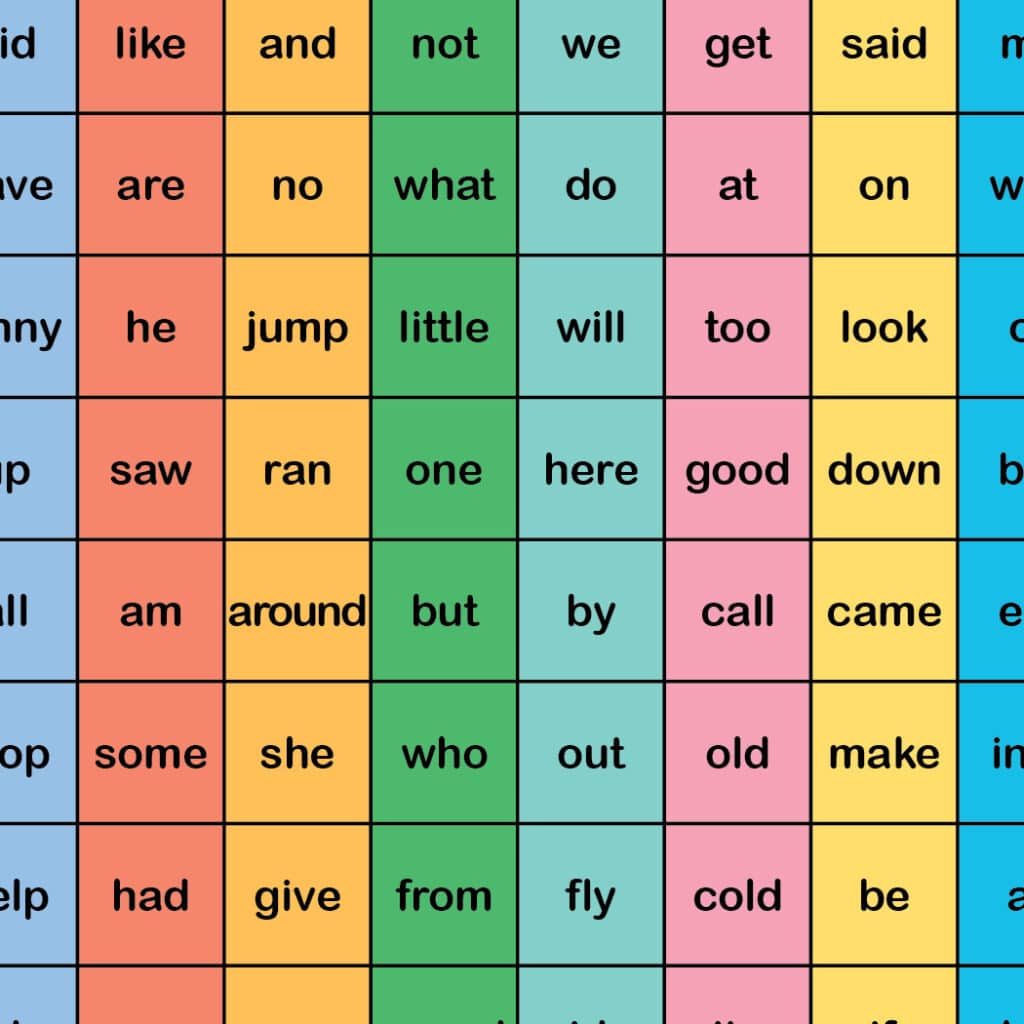
Our Product Pick

This collection of 29 mats (or stickers) lists all 220 Dolch sight words in large, kid-friendly text on colorful blocks. Young readers can learn these high frequency words by moving their bodies on the material. Introduce play-based sight word activities to your phonics lesson!













